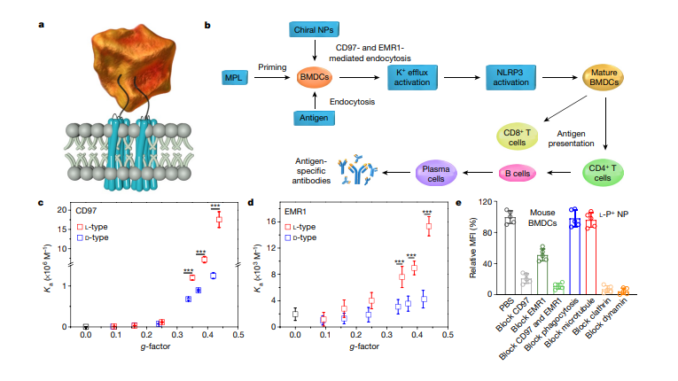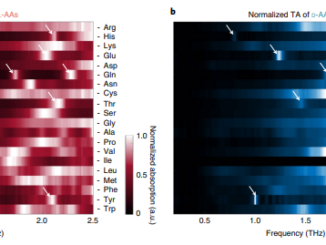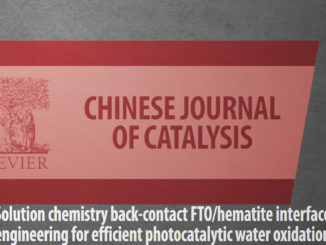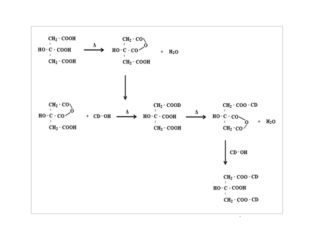
Enantiomer-dependent immunological response to chiral nanoparticles
Abstract: Chirality is a unifying structural metric of biological and abiological forms of matter. Over the past decade, considerable clarity has been achieved in understanding the chemistry and physics of chiral inorganic nanoparticles1,2,3,4; however, little is known about their effects on complex biochemical networks5,6. Intermolecular interactions of biological molecules and inorganic nanoparticles show some commonalities7,8,9, but these structures differ in scale, in geometry and in the dynamics of chiral shapes, which can both impede and strengthen their mirror-asymmetric complexes. Here we show that achiral and left- and right-handed gold biomimetic nanoparticles show different in vitro and in vivo immune responses. We use irradiation with circularly polarized light (CPL) to synthesize nanoparticles with controllable nanometre-scale chirality and optical anisotropy factors (g-factors) of up to 0.4. We find that binding of nanoparticles to two proteins from the family of adhesion G-protein-coupled receptors (AGPCRs)—namely cluster-of-differentiation 97 (CD97) and epidermal-growth-factor-like-module receptor 1 (EMR1)—results in the opening of mechanosensitive potassium-efflux channels, the production of immune signalling complexes known as inflammasomes, and the maturation of mouse bone-marrow-derived dendritic cells. Both in vivo and in vitro immune responses depend monotonically on the g-factors of the nanoparticles, indicating that nanoscale chirality can be used to regulate the maturation of immune cells. Finally, left-handed nanoparticles show substantially higher (1,258-fold) efficiency compared with their right-handed counterparts as adjuvants for vaccination against the H9N2 influenza virus, opening a path to the use of nanoscale chirality in immunology.
Author(s): Xu, L.; Wang, X.; Wang, W.; Sun, M.; Choi, W.J.; Kim, J.Y.; Hao, C.; Li, S.; Qu, A.; Lu, M.; Wu, X.; Colombari, F.M.; Gomes, W.R.; Blanco, A.L.; Moura, A.F.; Guo, X.; Kuang, H.; Kotov, N.A.; Xu, C.
Nature
Published: 19 January 2022
DOI: https://doi.org/10.1038/s41586-021-04243-2
CDMF
The CDMF, hosted at the Federal University of São Carlos (UFSCar), is one of the Research, Innovation and Dissemination Centers (RIDC) supported by the São Paulo State Research Support Foundation (Fapesp), and also receives investment from the National Council Scientific and Technological Development (CNPq), from the National Institute of Science and Technology of Materials in Nanotechnology (INCTMN).




